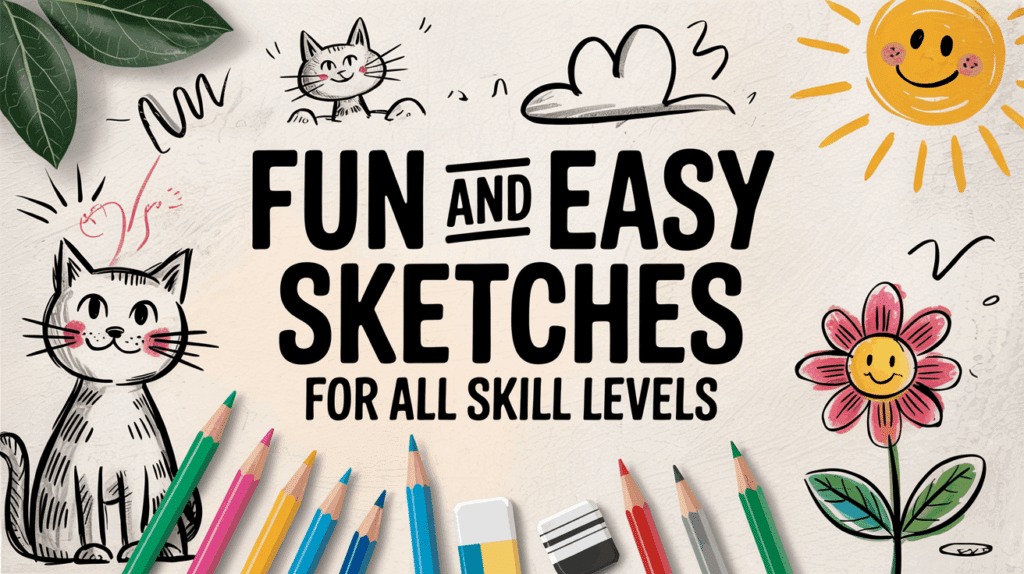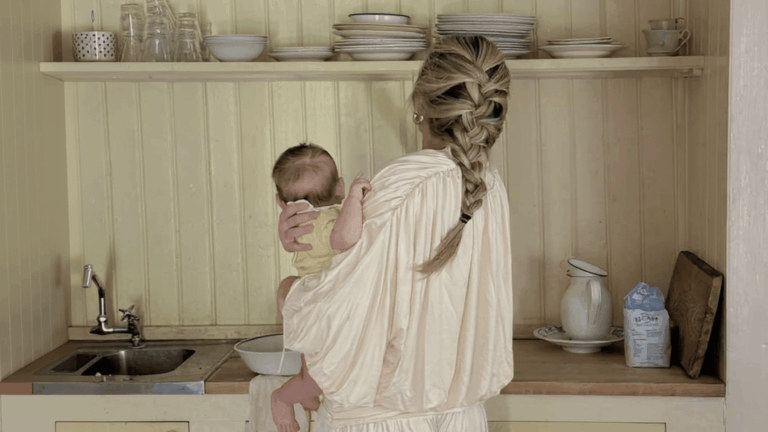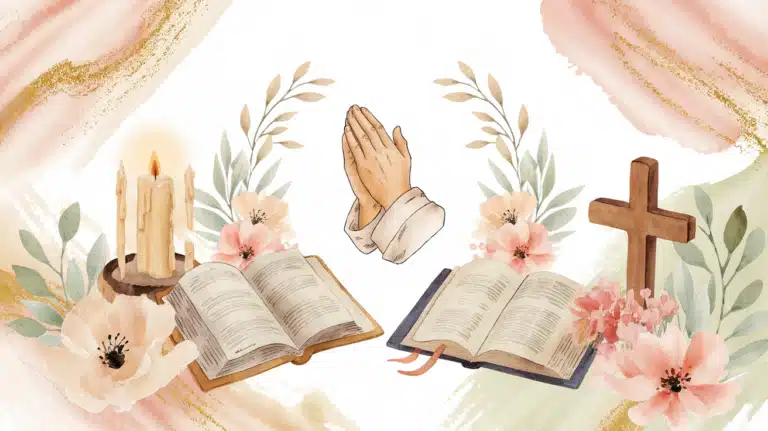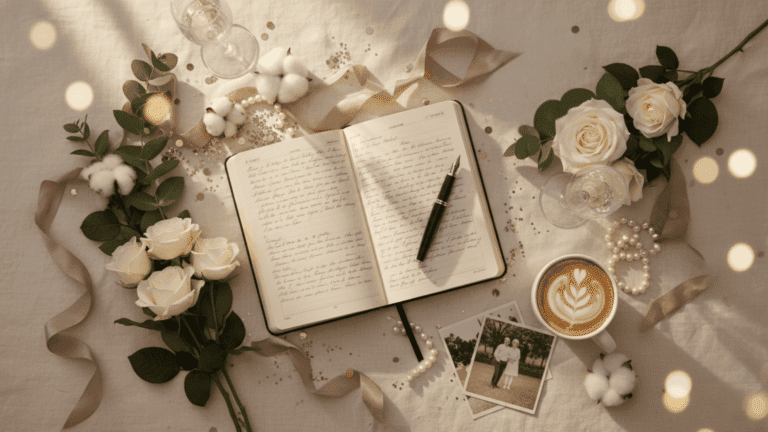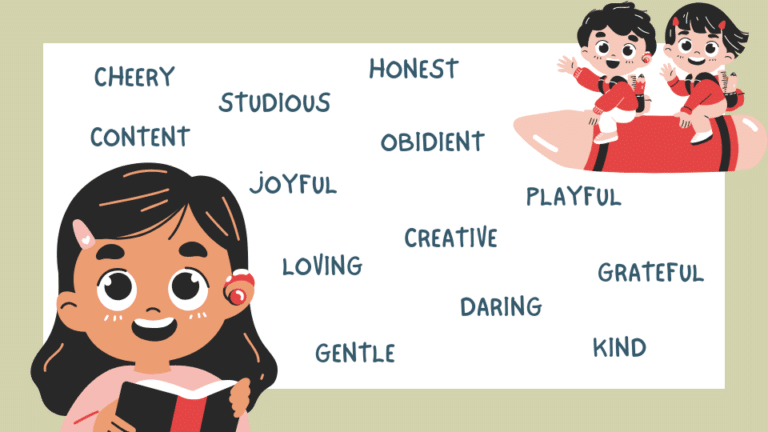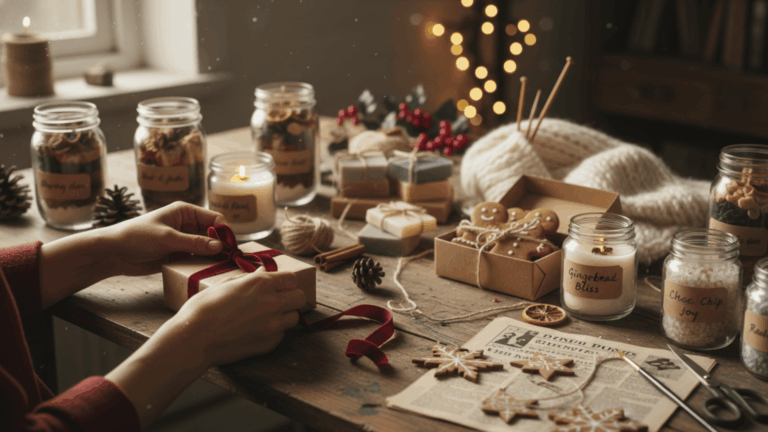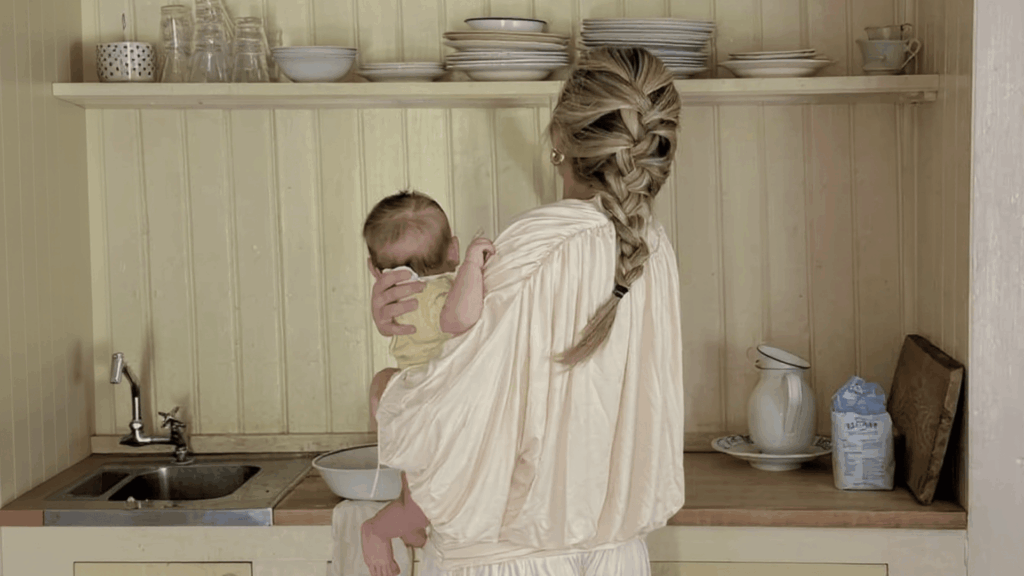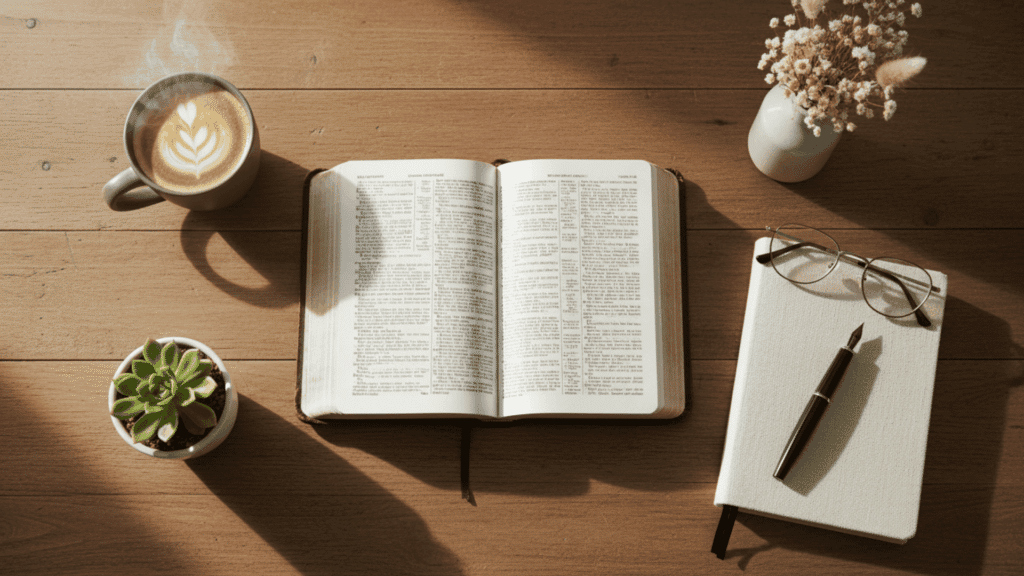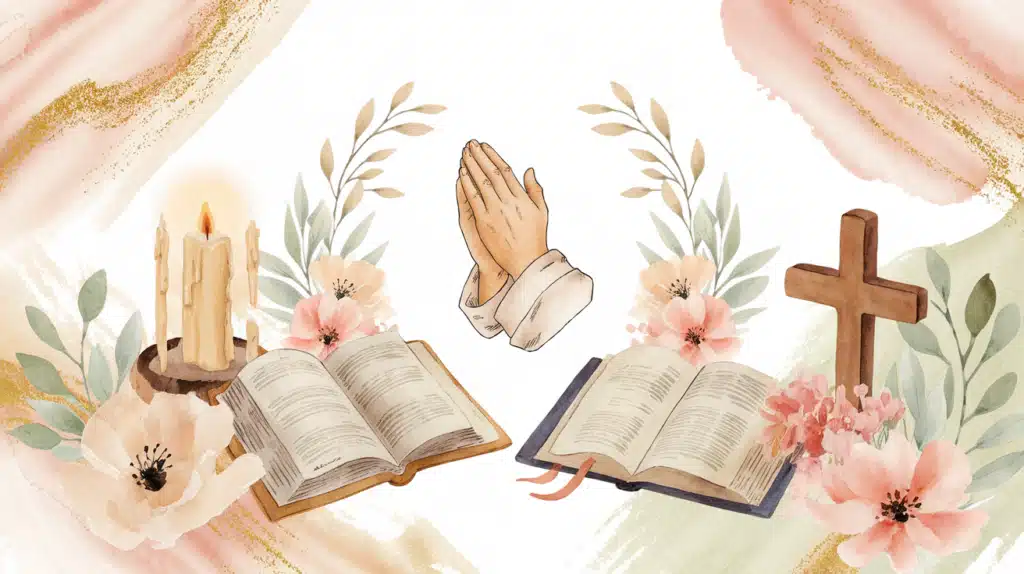Drawing captures the interest of many, but starting out can feel intimidating. Beginners often worry their sketches won’t look good or that they lack natural talent.
The truth is, anyone can learn to draw with practice and the right guidance.
Easy sketches aren’t just for the gifted; they’re for everyone willing to try. Drawing offers joy, relieves stress, and helps express feelings in creative ways.
A simple cloud can reflect sadness, while sunflowers might shine with happiness. Even stick figures can tell heartfelt stories. Best of all, sketching is an affordable, low-pressure hobby to begin.
This blog shares simple techniques that help all skill levels get started. If you’re a complete beginner or just refreshing your basics, these tips will help anyone put pencil to paper with confidence.
Essential Drawing Tips for Easy Sketches
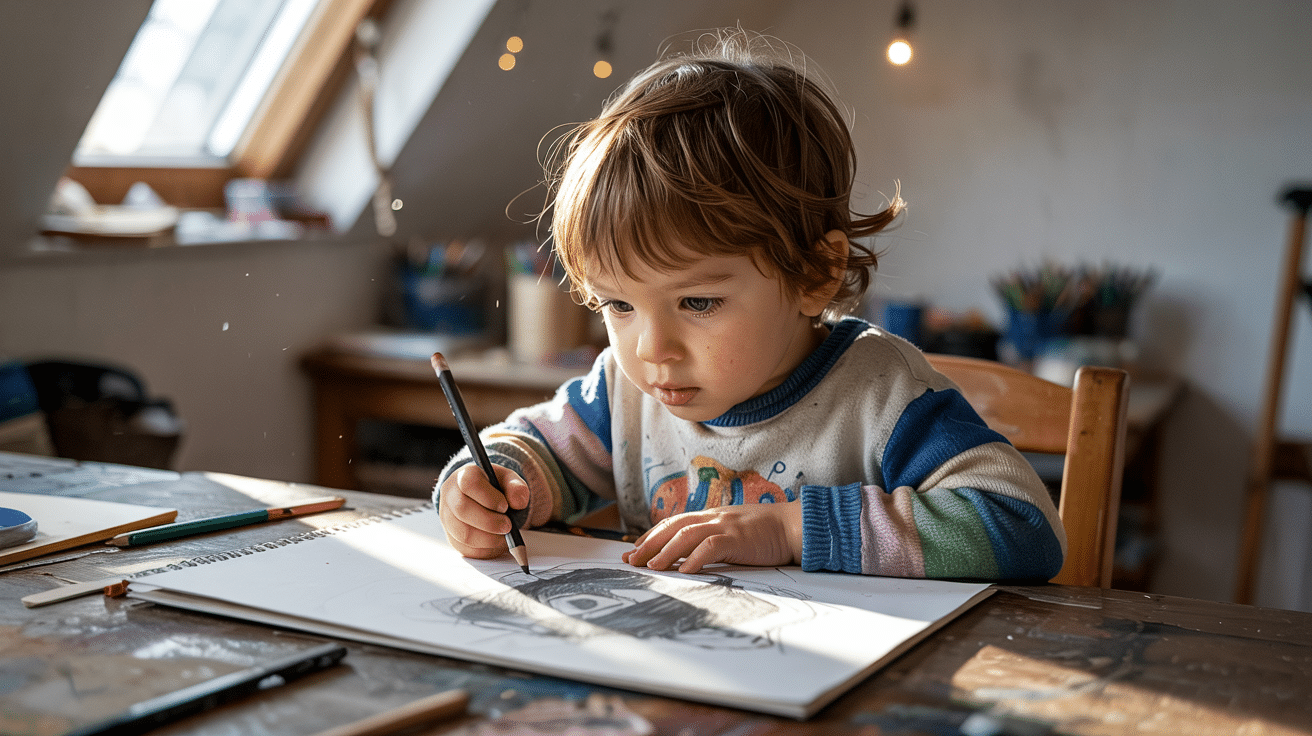
Getting started with sketching doesn’t have to be hard. Many people think they need special skills to draw, but the truth is that anyone can learn with a few helpful tips.
Simple techniques make a big difference when someone is just starting out. These basic tips can help turn stick figures into real art with some practice and patience.
1. Start with simple shapes: Turn basic circles, squares, and triangles into characters or objects by adding a few details. A circle can become a face, a square might turn into a house, and triangles work well for trees or mountains.
2. Use light pencil strokes: Begin each sketch with soft, light lines that can be changed or erased easily. This gives artists room to adjust their work without leaving marks on the paper.
3. Practice daily: Set aside 10-15 minutes each day for sketching practice. Small, regular sessions help build skills faster than long, occasional drawing times.
4. Study real objects: Look at things in real life while drawing them. This helps people notice details they might miss when drawing from memory or imagination.
5. Keep tools handy: Have a small sketchbook and pencil nearby at all times. This makes it easy to practice when waiting for a bus, sitting in a park, or during free moments.
6. Break complex subjects down: When drawing something tricky, break it into smaller, simpler shapes. A human face becomes circles, ovals, and lines that anyone can draw step by step.
7. Use references: Look at photos or other art for ideas and guidance. This isn’t cheating, it’s how artists learn and grow their skills over time.
8. Be patient with progress: Learning to sketch takes time. People should compare their work to their own past drawings, not to other artists who may have years of practice.
Materials Required
| Item | Purpose |
|---|---|
| Pencil | For sketching initial outlines |
| Pen or Fineliner | For refining and outlining the drawing |
| Eraser | To clean up stray lines or fix mistakes |
| Colored Pencils or Markers | To add color and personality (optional) |
| Paper (any kind) | Surface for sketching |
| White Gel Pen | To fix mistakes or add highlights |
| Ruler (optional) | For straight edges in box or ribbon sketches |
Fun and Easy Sketches Ideas to Try
Sketching can be a wonderful way to relax, express creativity, and even pass the time on a quiet afternoon. Whether someone is just beginning their drawing quest or has been sketching for years, simple and enjoyable ideas can spark inspiration.
In this section, seven delightful drawing ideas have been chosen from a larger collection, each one offering something charming, easy, and fun.
These sketches do not require fancy tools, just a little imagination and a willingness to play. So grab a pen or pencil and let’s make some magic on paper.
Sketch a Playful Puppy Face
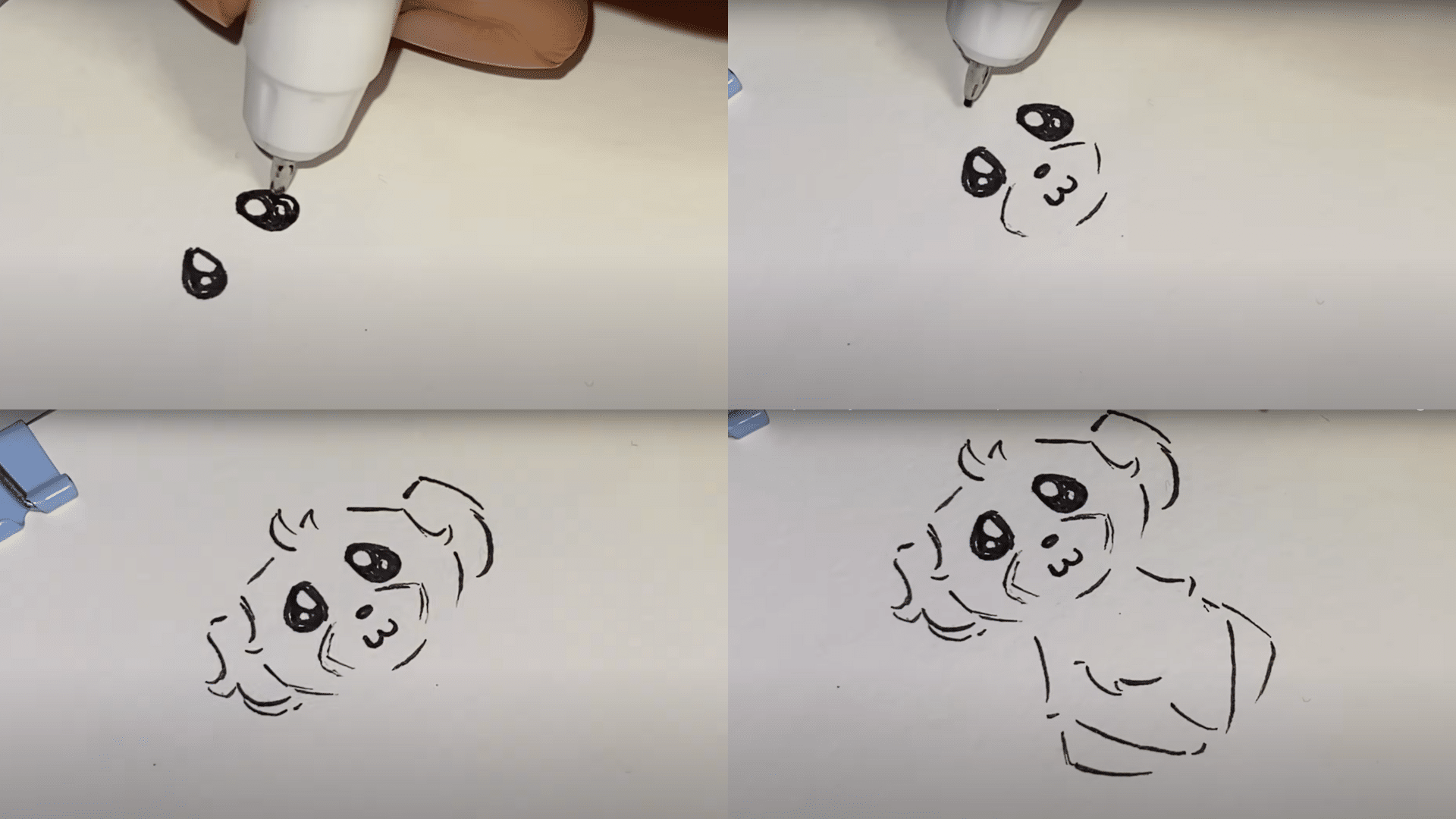
Begin by drawing two almond shapes for the eyes. Inside each, add two small circles and color in the center for a bright-eyed look.
Then sketch a button-shaped nose just below and add two small arches underneath to form the mouth. Lightly outline the face and head with soft curves, adding floppy ears and a tail peeking from one side.
Do not worry about being perfect, as the charm lies in its loose, spontaneous feel.
Draw a Ribbon Tied Bow
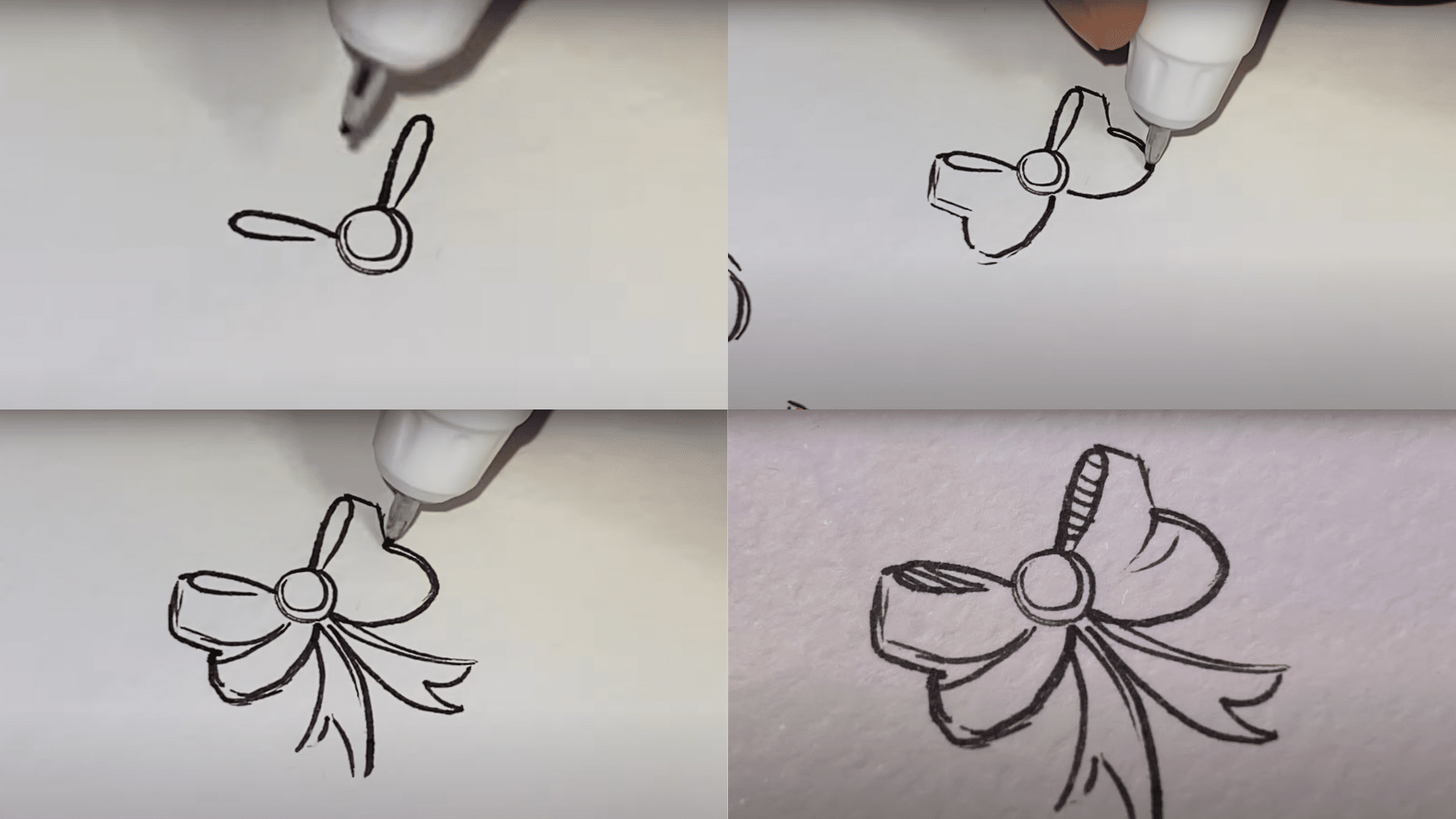
Start with a small circle in the center, then extend two loops out from either side to form the bow. From the bottom of each loop, draw ribbon ends flowing downward.
To give it dimension, add light lines inside each loop to suggest folds. Shade softly around the edges and beneath the ribbon tails for a gentle sense of depth.
Create a Messy Flower Vase
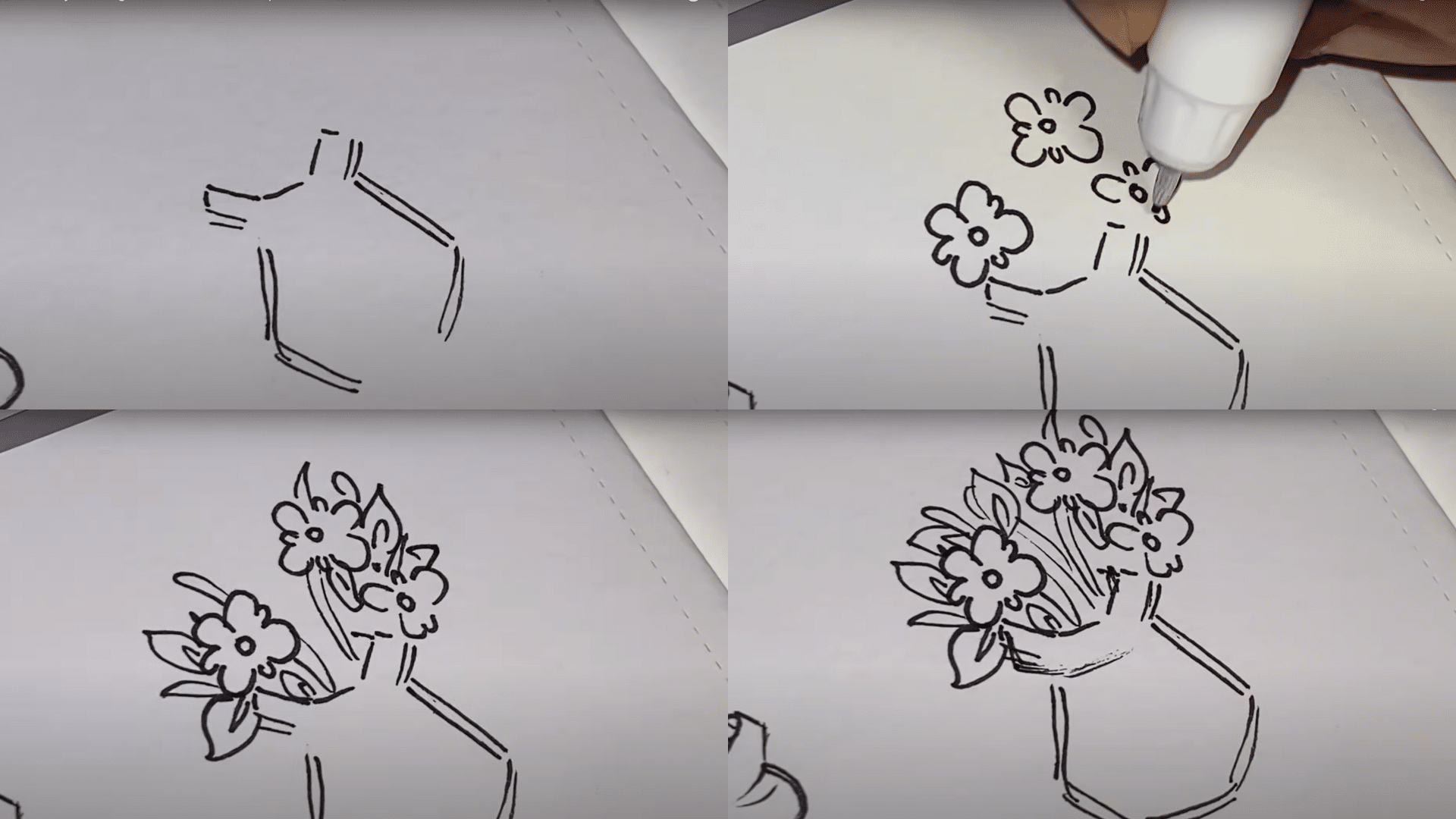
This sketch celebrates imperfection and spontaneity. Begin by drawing an uneven oval for the vase opening, then sketch a curved base for the body. Adopt asymmetry to give it personality. Inside the vase, fill the space with quick, overlapping floral elements.
- Draw wavy stems and overlapping leaves.
- Add small blobs or circles for abstract flowers
- Include swirl lines and dots to suggest motion or texture
- Shade lightly at the base for depth
The looser the lines, the more charming the effect. The result is a whimsical, artistic arrangement that looks stylish and effortlessly playful.
Sketch an Ice Cream Cone with a Cherry
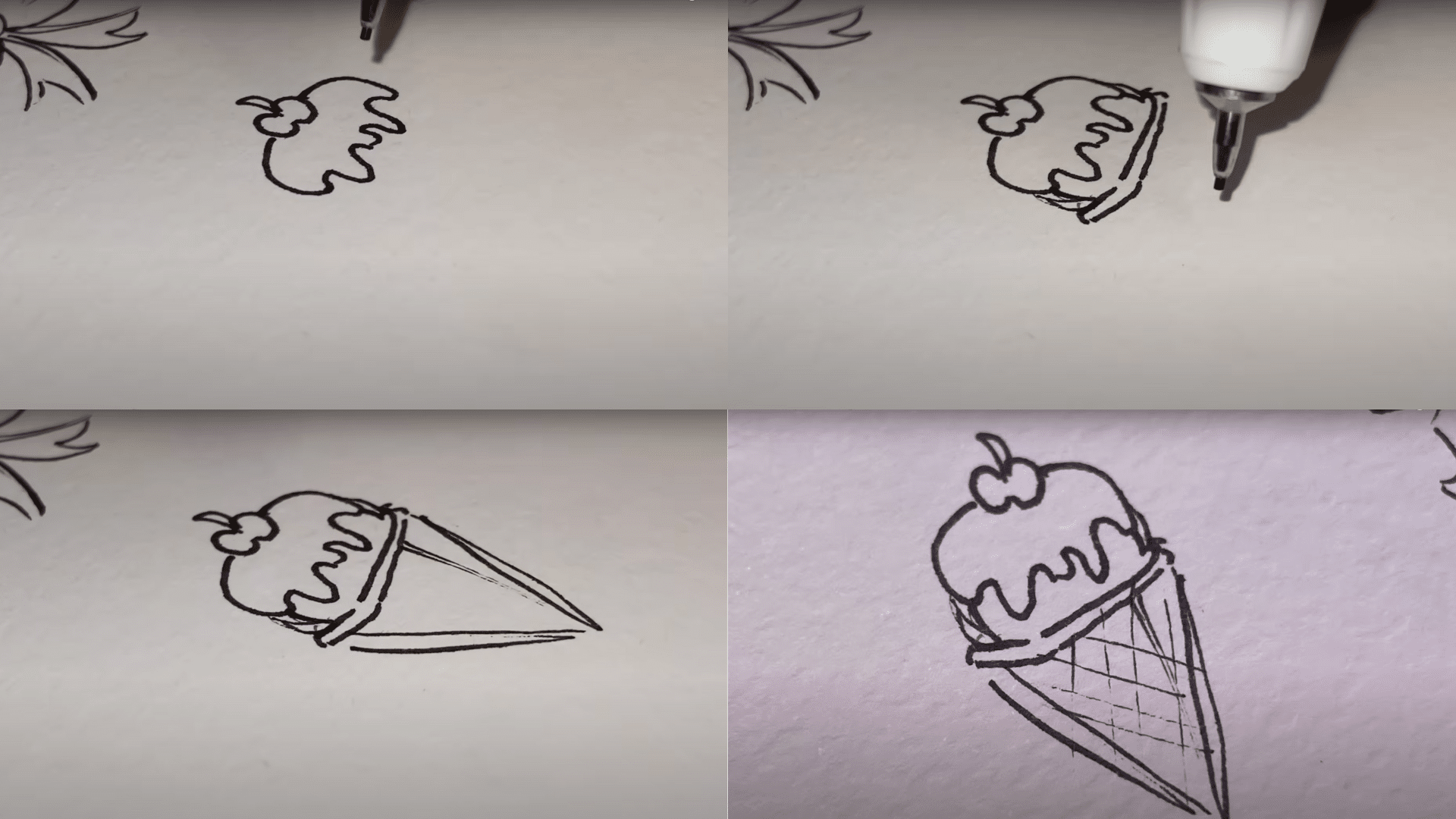
Begin with a small circle at the top for the cherry, then stack a wavy scoop beneath it. Draw the cone by creating two lines that meet at a point, forming a triangle beneath the scoop.
Use crisscrossing diagonal lines to add texture to the cone. Optionally, include sprinkles, a bite mark, or drips for extra personality.
Draw an Adorable Bunny
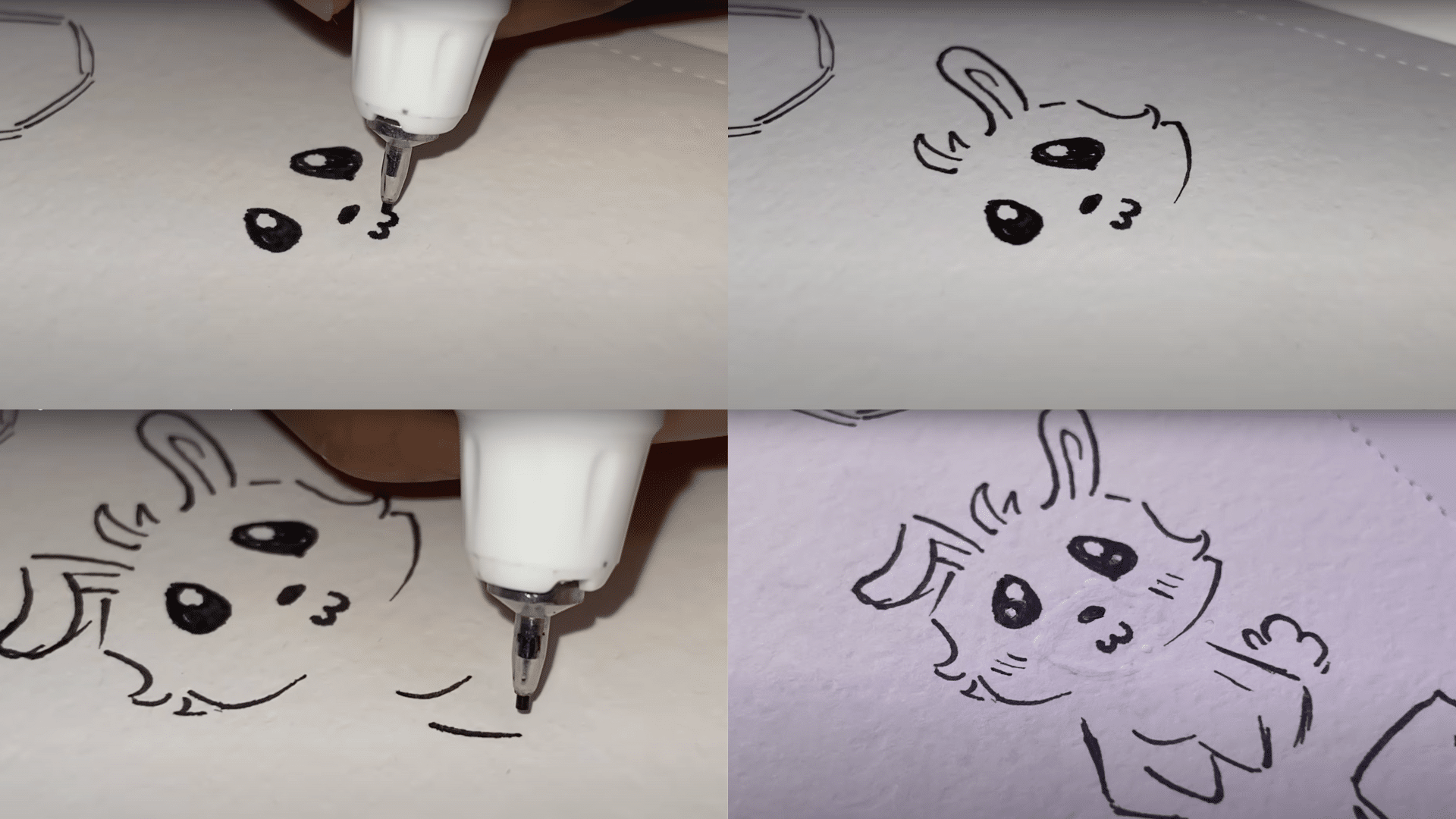
Start with the same almond-shaped eyes and a small, round nose. Sketch one ear standing tall and the other gently flopped down.
Outline of a fluffy, rounded head and a compact body with short legs. At the back, add a soft, round puffball tail. Little touches like whiskers or a nearby carrot can add charm.
Design a Butterfly with Custom Wings
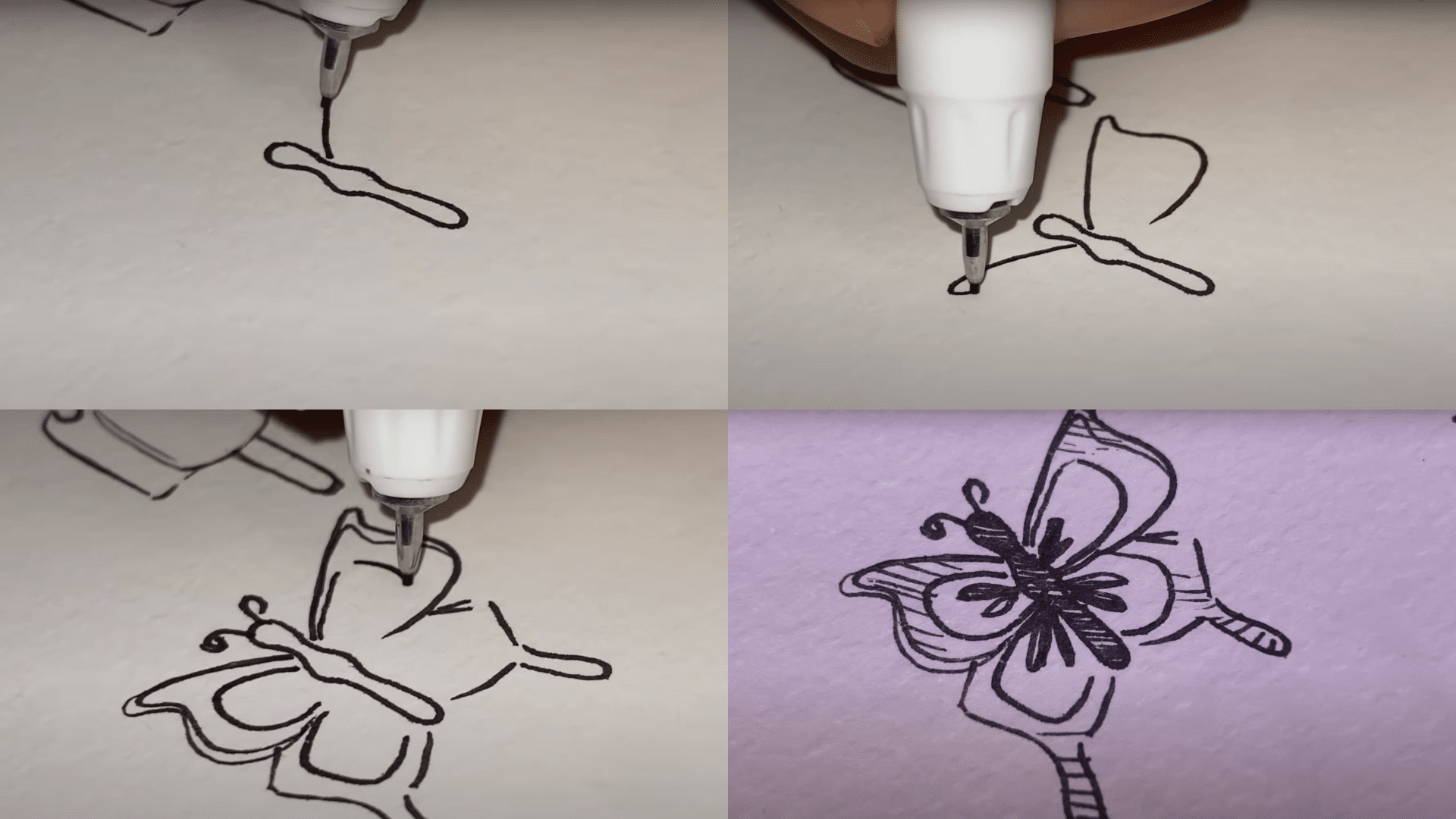
This idea invites creativity and personal flair. Start by sketching a thin oval for the body vertically in the center of your page. On each side, draw two wing shapes, one upper and one lower, keeping the design soft and rounded.
- Use symmetry to balance both sides.
- Fill the wings with custom designs like stars, hearts, or stripes
- Try polka dots, tiny doodles, or abstract lines for a fun twist
- Add antennae on top and light shading for depth
Every butterfly becomes unique with your personal touches, making this sketch both expressive and beautifully imaginative.
Sketch a Sweet Teddy Bear in a Box
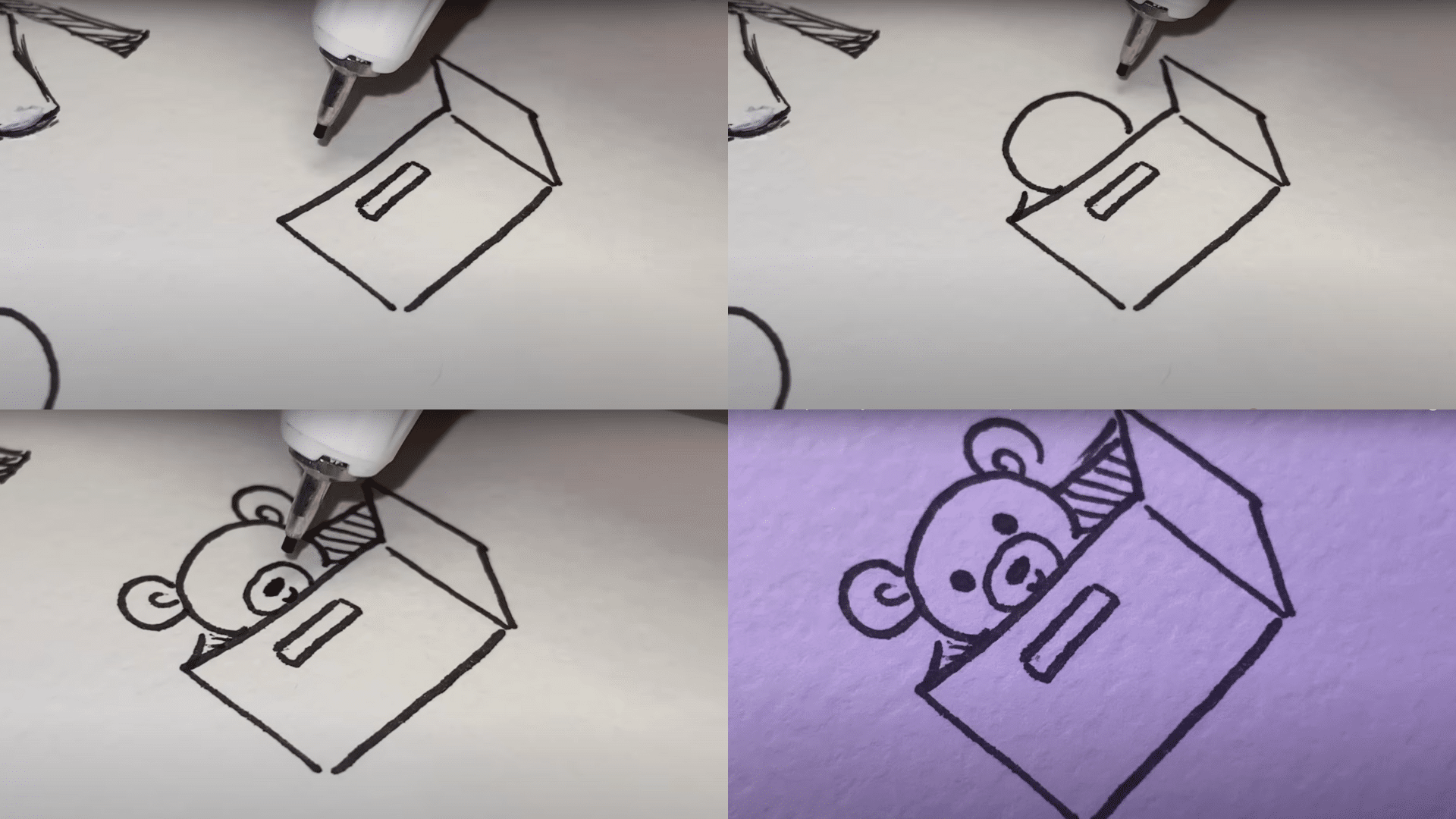
Start with a rectangular box, adding a curved flap partially open at the top. Inside the box, draw a round teddy bear head with two small ears and a circular snout.
Add simple eyes, a button nose, and a curved smile. Lightly shade inside the box for depth and maybe draw paws peeking out for added cuteness.
Why Are Easy Sketches Important for New Artists?
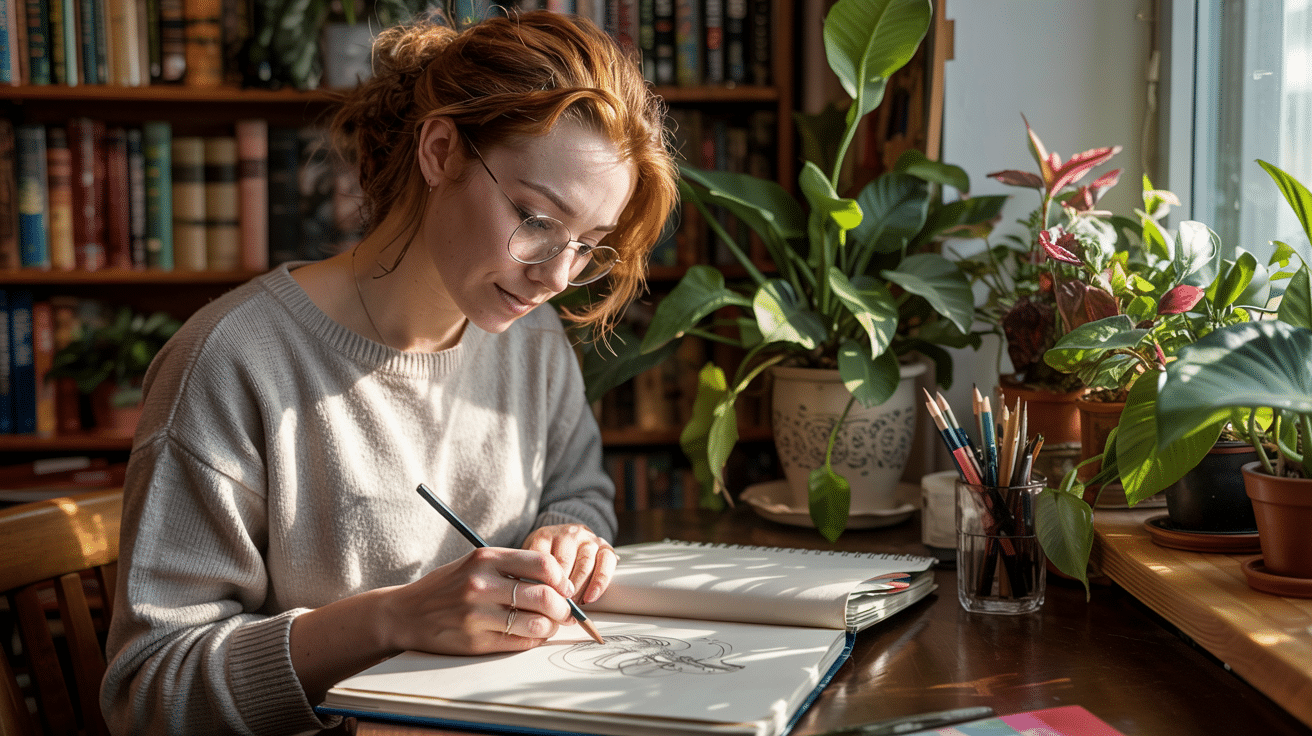
Many new artists feel overwhelmed when they first pick up a pencil. They might look at complex art and feel like giving up before they even start. Easy sketches serve as the perfect starting point for anyone new to drawing.
They help build confidence and teach the basics without causing frustration. Learning through simple projects makes the whole process more fun and less scary for beginners.
- Build confidence: Simple sketching helps new artists gain belief in their skills. When someone completes an easy drawing that looks good, they feel ready to try something a bit harder next time.
- Learn the basics: Easy sketches teach fundamental skills like line control, shading, and proportion. These core techniques form the foundation for all future art projects.
- Reduce frustration: Starting with simple subjects prevents the disappointment that comes from attempting too much too soon. This keeps new artists motivated to continue learning and growing.
- Create habits: Quick, easy sketches can be done daily, helping to establish a regular practice routine. Daily drawing is one of the most effective ways to improve over time.
- See progress faster: Simple drawings allow beginners to complete more pieces in less time. This means they can see their improvement happening more quickly, which boosts motivation.
- Train observation: Even basic drawings require looking closely at subjects or references. This trains the eye to notice details, shapes, and proportions that might otherwise be missed.
- Serve as building blocks: Easy sketches don’t stay “easy” forever. The skills learned from simple drawings combine and build upon each other, gradually allowing artists to tackle more complex subjects.
- Make art accessible: When people realize they can create nice-looking sketches without years of training, art becomes less intimidating and more accessible to everyone.
Summing Up
Starting with easy sketches opens doors for artists at all levels.
These simple drawings help train your eyes and hands, building confidence with each line. You don’t need fancy tools or years of experience, just the willingness to practice and explore.
Circles, lines, and basic shapes may seem small, but they’re the foundation of every great work of art.
Over time, your skills will grow naturally through repetition and curiosity. Each sketch brings you closer to mastering more complex techniques.
Remember, every artist once started with a blank page, just like you. So take that first step, enjoy the process, and embrace each mistake as part of learning.
Your unique voice and perspective are waiting to come alive on paper. Pick up that pencil and let your creativity speak!


